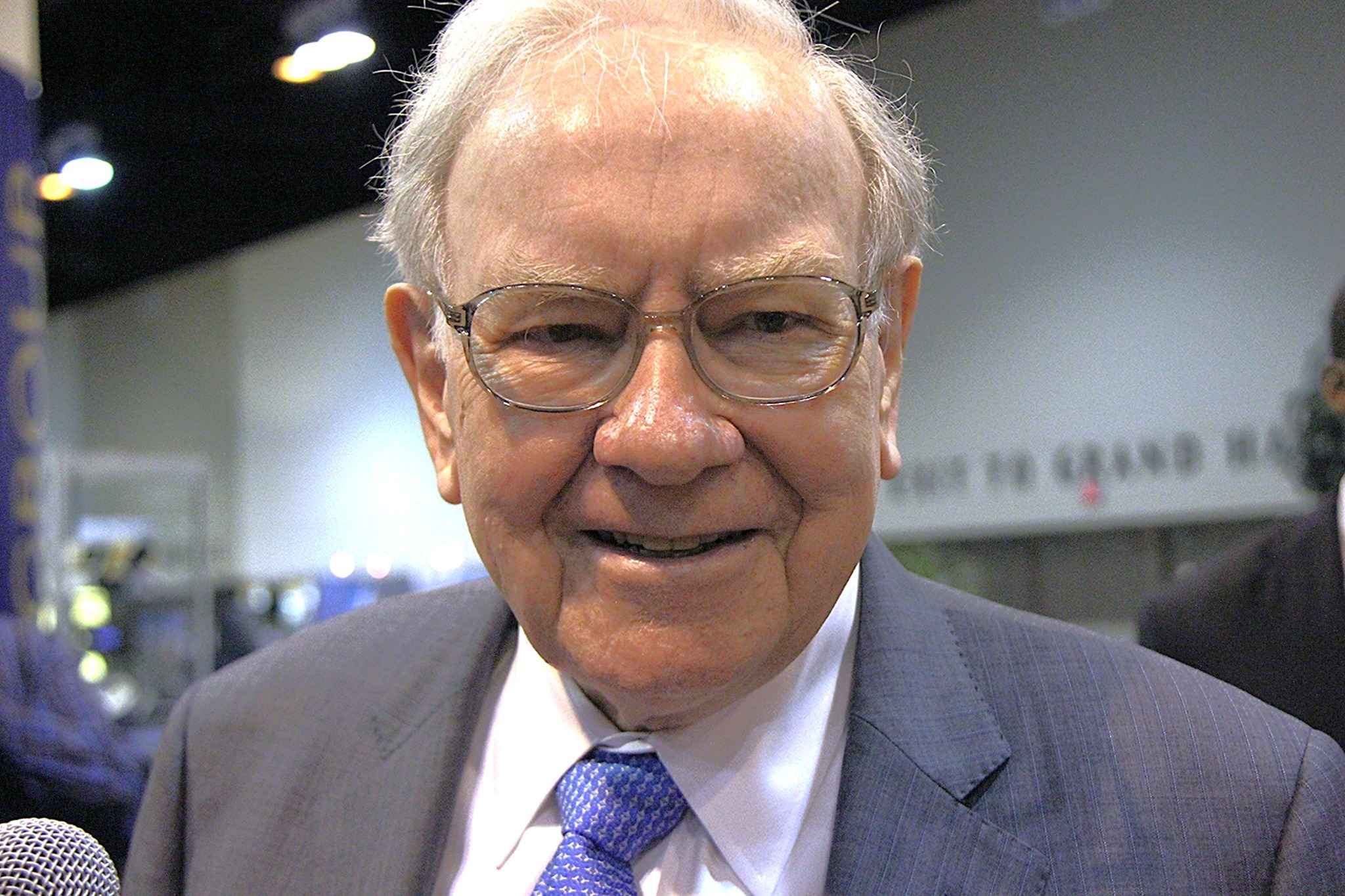Vanguard S&P 500 ETF (VOO 0.08%) stands out for its lower costs and broader diversification, while Invesco QQQ Trust, Series 1 (QQQ +0.12%) leans into technology and recent growth leadership.
Both funds aim to capture large-cap U.S. equity performance, but with different approaches. QQQ tracks the NASDAQ-100 Index, resulting in a tech-heavy portfolio, whereas VOO tracks the S&P 500 Index, representing a much wider swath of the U.S. stock market. This matchup pits concentrated innovation against diversified stability.
Snapshot (cost & size)
| Metric | QQQ | VOO |
|---|---|---|
| Issuer | Invesco (NYSE:IVZ) | Vanguard |
| Expense ratio | 0.20% | 0.03% |
| 1-yr return (as of Nov. 19, 2025) | 19.9% | 13.7% |
| Dividend yield | 0.5% | 1.2% |
| Beta | 1.2 | 1.0 |
| AUM | $389.2 billion | $800 billion |
Beta measures price volatility relative to the S&P 500; beta is calculated from five-year weekly returns. The 1-yr return represents total return over the trailing 12 months.
VOO looks more affordable with a 0.03% expense ratio and offers a higher yield, while QQQ charges 0.20%—a notable difference for cost-conscious investors seeking long-term value and a larger payout.
Performance & risk comparison
| Metric | QQQ | VOO |
|---|---|---|
| Max drawdown (5 y) | -35.1% | -24.5% |
| Growth of $1,000 over 5 years | $2,110 | $1,994 |
What's inside
VOO tracks the S&P 500, holding 504 stocks and offering exposure to U.S. large-caps across technology (36%), financial services (13%), and consumer cyclicals (11%). The fund has a history of 15.2 years. Its largest positions—NVIDIA (NASDAQ:NVDA), Apple (NASDAQ:AAPL), and Microsoft (NASDAQ:MSFT)—are each under 8.5% of the fund, reflecting its broad diversification.
QQQ, by contrast, concentrates on the NASDAQ-100’s 101 companies, with technology comprising 64% of assets. Its top holdings—NVIDIA, Apple, and Microsoft—each represent slightly larger slices, emphasizing the fund’s tech tilt. QQQ lacks sector and stock diversification found in VOO, which may amplify volatility during market swings.
For more guidance on ETF investing, check out the full guide at this link.
Foolish take
Investors often turn to ETFs for the diversification they offer, and at a surface level, this is true. However, before making an investing decision, it's worth digging a little deeper into what's in the ETF to ensure it's providing the broad exposure that is desired. For example, owning both VOO and QQQ means investing in more than 600 companies. Upon further inspection, it becomes clear that there is overlap between these two ETFs. As outlined above, Nvidia, Apple, and Microsoft are the three biggest holdings in both VOO and QQQ. While that is just one example, there are several more companies that appear in both funds.
Additionally, investors should be aware of sector exposure. In both of these ETFs, technology stocks make up a large portion of the fund. While this has paid off for investors over the past few decades as tech stocks have soared, it's worth considering the impact should this sector struggle in the future.
Between these two, VOO does offer more diversification, but not as much as it used to before the largest tech stocks in the world became such an outsized portion of the fund. Depending on each investors view of the technology sector, this could be exactly what is desired or not. Considering the tech exposure in VOO and its much lower expense ratio, it could be the right choice for some investors.
Glossary
ETF: Exchange-traded fund; a fund that trades on stock exchanges like a stock, holding a basket of assets.
Expense ratio: The annual fee, as a percentage of assets, that a fund charges to cover operating costs.
Dividend yield: Annual dividends paid by a fund as a percentage of its current price.
Beta: A measure of a fund's volatility compared to the overall market, typically the S&P 500.
AUM: Assets under management; the total market value of assets a fund manages on behalf of investors.
Max drawdown: The largest observed percentage drop from a fund’s peak value to its lowest point over a period.
NASDAQ-100 Index: An index of 100 of the largest non-financial companies listed on the NASDAQ stock exchange.
S&P 500 Index: A market index tracking 500 of the largest publicly traded U.S. companies.
Large-cap: Companies with a large market capitalization, generally over $10 billion.
Diversification: Spreading investments across various assets to reduce risk.
Sector: A group of companies operating in the same segment of the economy, like technology or financial services.
Total return: The investment's price change plus all dividends and distributions, assuming those payouts are reinvested.






